Luftwaffe Fighter Aces (15 page)
Read Luftwaffe Fighter Aces Online
Authors: Mike Spick

Winter weather was hardly conducive to large-scale air operations, and Circus No 110, flown on 8 November, was the last of 1941. By this time Adolf Galland had brought his score to 93, Joachim Müncheberg his to 59 (25 of which had been scored while on detachment to the Mediterranean) and Josef Priller his to 58. In the same month Galland was promoted away from the front line to become
General der Jagdflieger,
replacing Werner Mölders, who had been killed in a flying accident. He was replaced at the head of
JG 26
by Gerhard Schöpfel.
It was almost exactly five months before Circus operations were resumed, by which time the
Gruppen
equipped with the FW 190A had become really familiar with their new mount. This was just as well. Whereas previously the
Jagdflieger
had sought the advantages of height
and position before attacking, nibbling at the fringes of the massive Circus formations, they were about to be thwarted by a change of tactics.
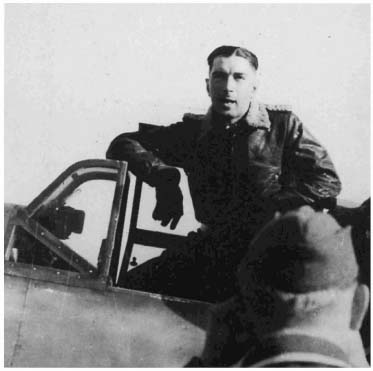
The strain of battle showing clearly on his face, Werner Mölders emerges from the cockpit of his Bf 109. Top scorer in Spain with 14 victories, Mölders had amassed 115 before his death in a flying accident in 1941. (Via Bruce Robertson).
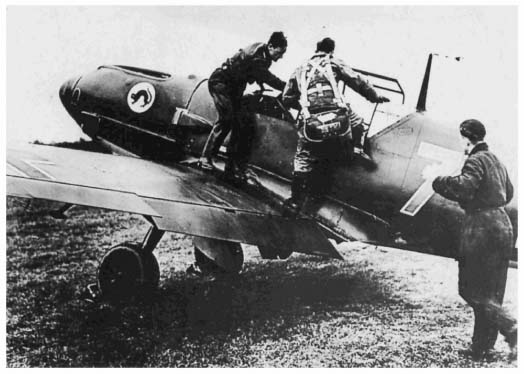
Mölders boards his Bf 109E in France in 1940. At the time he was
Staffelkapitän
of
8/JG 51.
The side-hinged canopy is clearly seen from this angle. (Via Bruce Robertson).
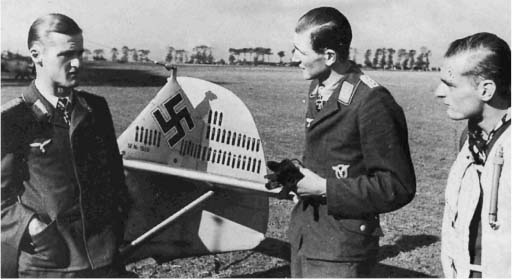
Wilhelm Balthasar, centre, seen in the closing stages of the Battle of Britain, 7 October 1940. To the left is Spanish veteran Günther ‘Franzi Lützow (108 victories), the son of the famous German Admiral and
Kommodore
of
JG 3 Udet.
He flew throughout the war but went missing while flying an Me 262 on 24 April 1945. To the right is Egon von Troha,
Staffelkapitän
of
9/JG 3,
who was shot down over Kent on 29 October 1940 and taken prisoner.
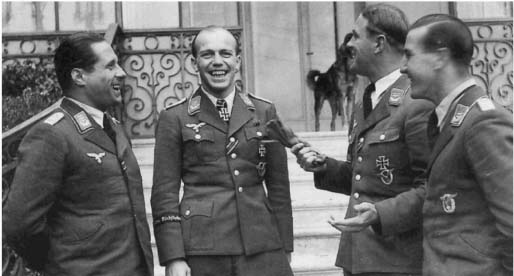
Helmut Wick,
Kommodore
of
JG
2 (centre): ‘I want to fight and die fighting, taking with me as many of the enemy as possible.’ He paid for his hubris over the English Channel on 28 November 1940, his score 56. On the right of the picture are budding
Experten
Rudi Pflanz (52 victories), shot down by Spitfires near Abbeville on 31 July 1942, and Erich Leie (118 victories), killed in a collision with a Yak-9 on 7 March 1945.
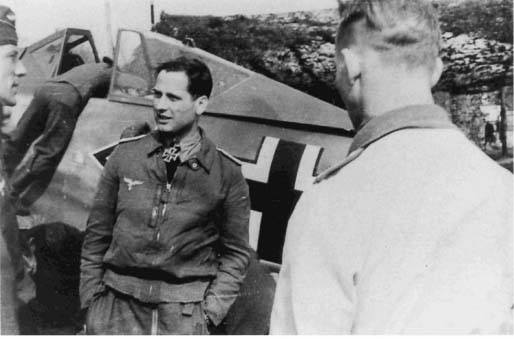
Gerd Schöpfel (40 victories), who twice succeeded Adolf Galland, first as
Kommandeur
of
III/JG 26
in August 1940 and then as
Kommodore
in December 1941
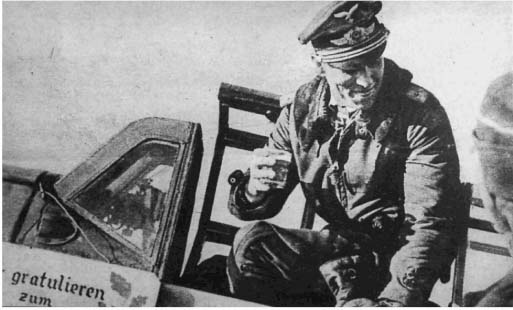
Gerd Barkhorn,
Kommandeur
of
II/JG 52,
celebrates his 250th victory on 13 February 1944. He went on to reach 301, the second highest score of all, yet it took 120 sorties for him to open his account! He became a General in the post-war
Luftwaffe. (
Via Bruce Robertson
)
.
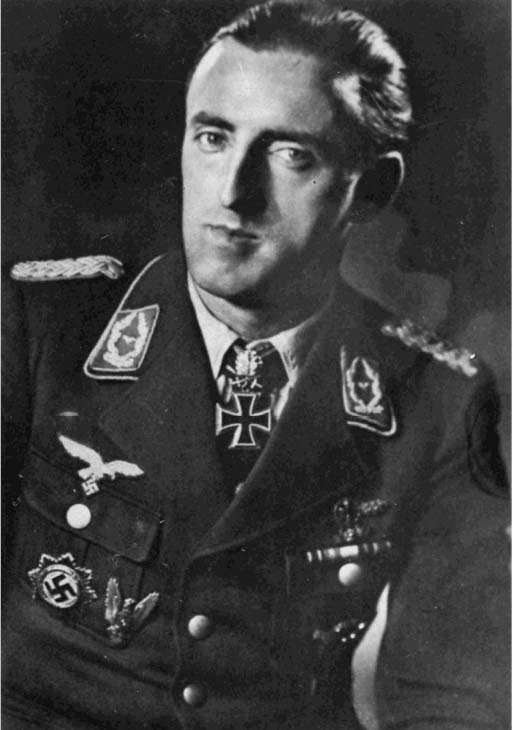
Hermann Graf (212 victories) was one of the fastest scorers in the early years of the Russian Front. On 2 October 1942 he became the first pilot to achieve 200 victories. Returned to home defence in 1943, he was less successful, with only ten victories against the West. (Via Bruce Robertson).
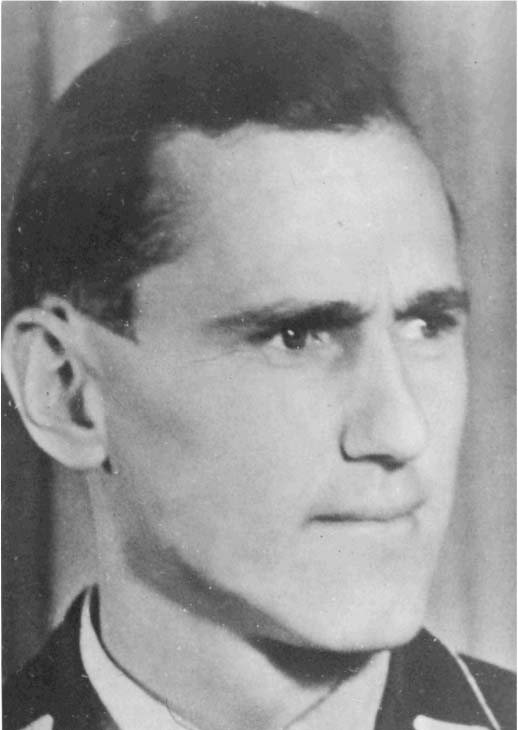
Günther Rall was the third highest scorer of the war with 275. Arguably the best marksman in the
Jagdwaffe,
he reached 250 on 28 November 1943, the second man to do so. Injuries kept him away from the front for long periods. Like Barkhorn, he became a General postwar. (Via Bruce Robertson).
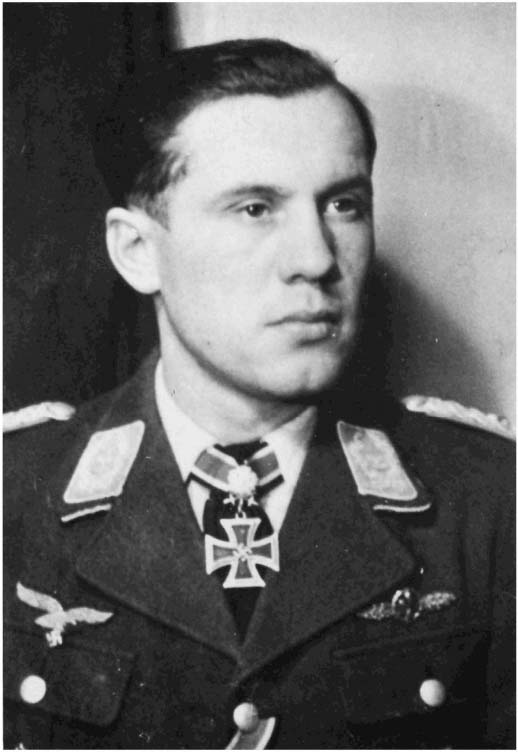
Kurt Bühligen spent the entire war with
JG 2 Richthofen,
and rose to become its last
Kommodore.
All his 112 victories were scored against the West, 40 of them in Tunisia. In more than 700 sorties he was shot down only three times.
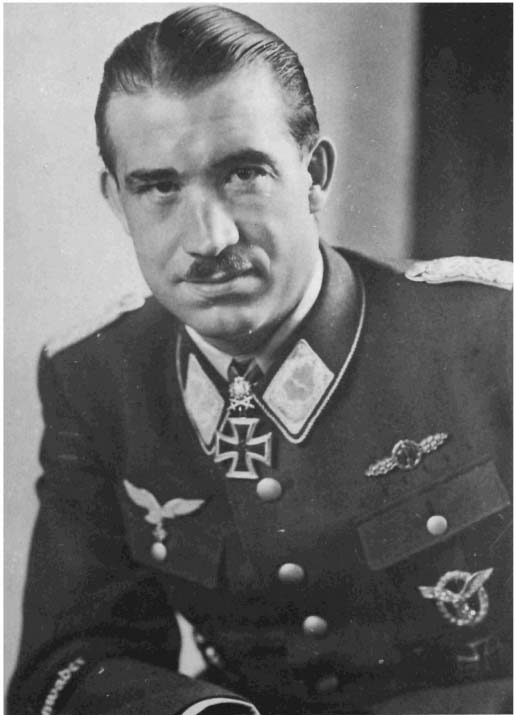
Adolf Galland,
General der Jagdflieger
and, in the opinion of many, the greatest fighter pilot of the war, with a tremendous grasp of tactical problems. Like Montgomery, he combined the common touch with a flair for showmanship, of which his idiosyncratic high-buttoned tunic collar was but one manifestation. (Via Bruce Robertson).
